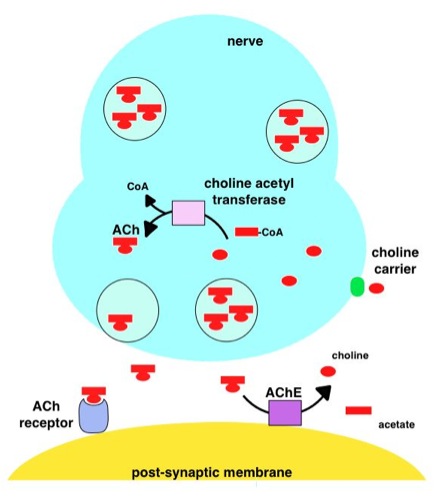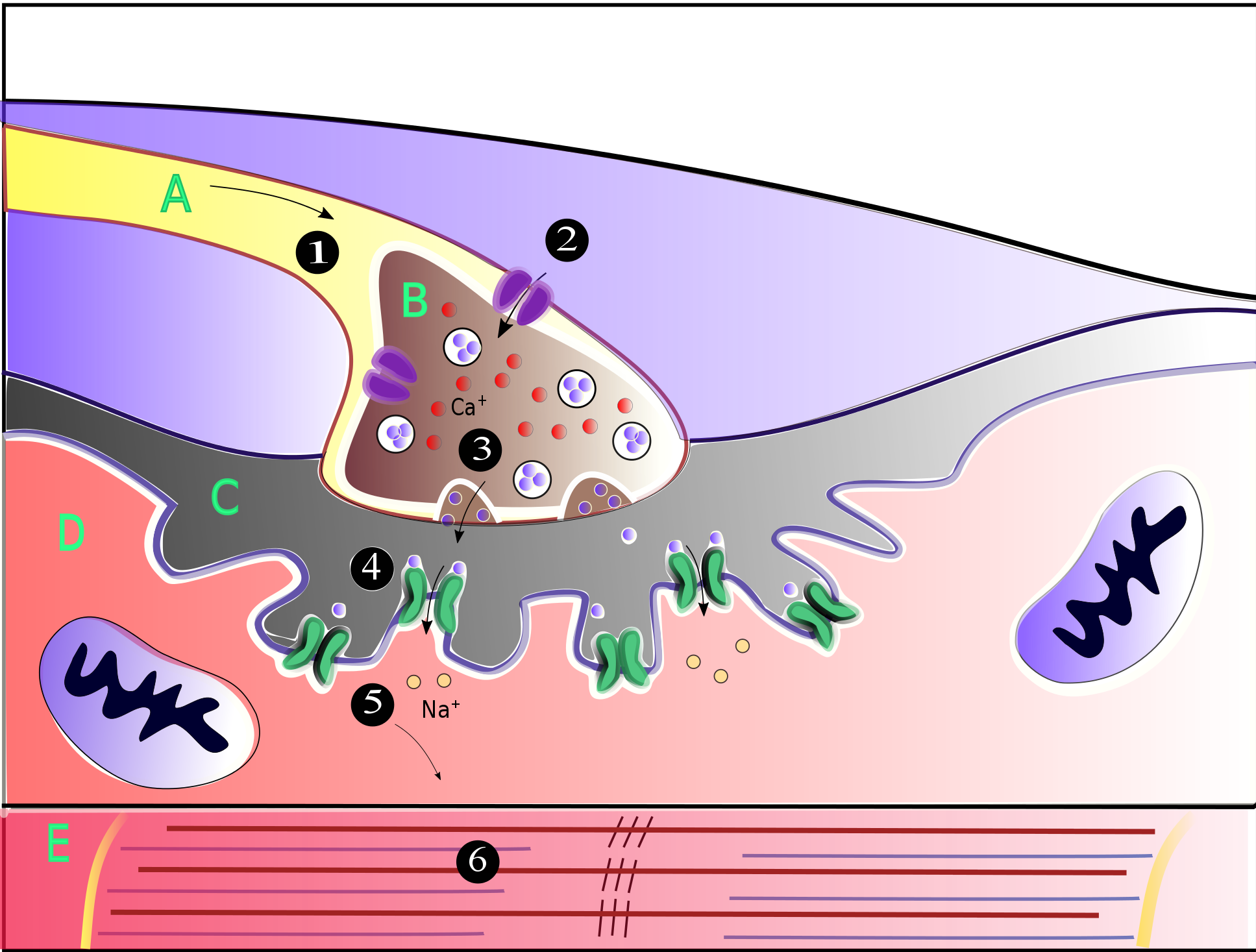|
Terbufos
Terbufos is a chemical compound used in insecticides and nematicides. It is part of the chemical family of organophosphates. It is a clear, colourless to pale yellow or reddish-brown liquid and sold commercially as granulate. History Terbufos is used on various crops including bananas, beans, citrus, coffee, groundnuts, sorghum, potatoes, sunflowers and maize as soil cover to combat wireworms, mossy beetles, beet flies and the black bean louse. It is not approved for use in the European Union. Also the World Health Organization The World Health Organization (WHO) is a list of specialized agencies of the United Nations, specialized agency of the United Nations which coordinates responses to international public health issues and emergencies. It is headquartered in Gen ... classifies terbufos as a class Ia compound, meaning that terbufos is Toxicity class#World Health Organization, extremely hazardous. The Maximum Residue Limit, maximum residue limit in the European Union is ... [...More Info...] [...Related Items...] OR: [Wikipedia] [Google] [Baidu] |
American Vanguard Corporation
American Vanguard Corporation, through its subsidiary AMVAC Chemical Corporation, is an American producer of agrochemicals and pesticide delivery systems. The company was founded by Herbert A. Kraft and Glenn A. Wintemute, with the latter stepping down as president in 1994. His son, Eric Wintemute, became chairman and chief executive officer in 1994. American Vanguard trades on the New York Stock Exchange (NYSE) under the ticker symbol "AVD." The company operates factories in Los Angeles and Axis, Alabama. Products have included dichlorvos (DDVP), metam sodium, mevinphos, pentachloronitrobenzene (PCNB) and terbufos. History In 1991, over 19,000 gallons of metam sodium manufactured by Amvac Chemical Corporation spilled from a train derailment into Shasta Lake. AMVAC settled resulting lawsuits for $2 million while Southern Pacific Transportation Company paid $30 million in settlements. In 2001, AMVAC began producing the herbicide DCPA (Dimethyl tetrachloroterephthalate, trade n ... [...More Info...] [...Related Items...] OR: [Wikipedia] [Google] [Baidu] |
Acetylcholinesterase
Acetylcholinesterase (HUGO Gene Nomenclature Committee, HGNC symbol ACHE; EC 3.1.1.7; systematic name acetylcholine acetylhydrolase), also known as AChE, AChase or acetylhydrolase, is the primary cholinesterase in the body. It is an enzyme that catalysis, catalyzes the breakdown of acetylcholine and some other choline esters that function as neurotransmitters: : acetylcholine + H2O = choline + acetate It is found at mainly neuromuscular junctions and in chemical synapses of the cholinergic type, where its activity serves to terminate cholinergic neurotransmission, synaptic transmission. It belongs to the carboxylesterase family of enzymes. It is the primary target of inhibition by organophosphorus compounds such as nerve agents and pesticides. Enzyme structure and mechanism AChE is a hydrolase that hydrolyzes choline esters. It has a very high catalytic activity—each molecule of AChE degrades about 5,000 molecules of acetylcholine (ACh) per second, approaching the limit ... [...More Info...] [...Related Items...] OR: [Wikipedia] [Google] [Baidu] |
Atropine
Atropine is a tropane alkaloid and anticholinergic medication used to treat certain types of nerve agent and pesticide poisonings as well as some types of slow heart rate, and to decrease saliva production during surgery. It is typically given intravenously or by injection into a muscle. Eye drops are also available which are used to treat uveitis and early amblyopia. The intravenous solution usually begins working within a minute and lasts half an hour to an hour. Large doses may be required to treat some poisonings. Common side effects include dry mouth, abnormally large pupils, urinary retention, constipation, and a fast heart rate. It should generally not be used in people with closed-angle glaucoma. While there is no evidence that its use during pregnancy causes birth defects, this has not been well studied so sound clinical judgment should be used. It is likely safe during breastfeeding. It is an antimuscarinic (a type of anticholinergic) that works by inhibit ... [...More Info...] [...Related Items...] OR: [Wikipedia] [Google] [Baidu] |
Pallor
Pallor is a pale color of the skin that can be caused by illness, emotional shock or stress, stimulant use, or anemia, and is the result of a reduced amount of oxyhaemoglobin and may also be visible as pallor of the conjunctivae of the eyes on physical examination. Pallor is more evident on the face and palms. It can develop suddenly or gradually, depending on the cause. It is not usually clinically significant unless it is accompanied by a general pallor (pale lips, tongue, palms, mouth and other regions with mucous membranes). It is distinguished from similar presentations such as hypopigmentation (lack or loss of skin pigment) or simply a lightly-melanated complexion. Causes * migraine attack or headache * excess estradiol and/or estrone * osteoporosis * emotional response, due to fear, embarrassment, grief, rage * anorexia * anemia, due to blood loss, poor nutrition, or underlying disease such as sickle cell anemia * iron deficiency * vitamin B12 deficien ... [...More Info...] [...Related Items...] OR: [Wikipedia] [Google] [Baidu] |
Perspiration
Perspiration, also known as sweat, is the fluid secreted by sweat glands in the skin of mammals. Two types of sweat glands can be found in humans: eccrine glands and Apocrine sweat gland, apocrine glands. The eccrine sweat glands are distributed over much of the body and are responsible for secreting the watery, brackish sweat most often triggered by excessive body temperature. Apocrine sweat glands are restricted to the armpits and a few other areas of the body and produce an odorless, oily, opaque secretion which then gains its characteristic odor from bacterial decomposition. In humans, sweating is primarily a means of thermoregulation, which is achieved by the water-rich secretion of the eccrine glands. Maximum sweat rates of an adult can be up to per hour or per day, but is less in children prior to puberty. Evaporation of sweat from the skin surface has a cooling effect due to evaporative cooling. Hence, in Temperature, hot weather, or when the individual's muscles hea ... [...More Info...] [...Related Items...] OR: [Wikipedia] [Google] [Baidu] |
Central Nervous System
The central nervous system (CNS) is the part of the nervous system consisting primarily of the brain, spinal cord and retina. The CNS is so named because the brain integrates the received information and coordinates and influences the activity of all parts of the bodies of bilateria, bilaterally symmetric and triploblastic animals—that is, all multicellular animals except sponges and Coelenterata, diploblasts. It is a structure composed of nervous tissue positioned along the Anatomical_terms_of_location#Rostral,_cranial,_and_caudal, rostral (nose end) to caudal (tail end) axis of the body and may have an enlarged section at the rostral end which is a brain. Only arthropods, cephalopods and vertebrates have a true brain, though precursor structures exist in onychophorans, gastropods and lancelets. The rest of this article exclusively discusses the vertebrate central nervous system, which is radically distinct from all other animals. Overview In vertebrates, the brain and spinal ... [...More Info...] [...Related Items...] OR: [Wikipedia] [Google] [Baidu] |
Neuromuscular Junction
A neuromuscular junction (or myoneural junction) is a chemical synapse between a motor neuron and a muscle fiber. It allows the motor neuron to transmit a signal to the muscle fiber, causing muscle contraction. Muscles require innervation to function—and even just to maintain muscle tone, avoiding atrophy. In the neuromuscular system, nerves from the central nervous system and the peripheral nervous system are linked and work together with muscles. Synaptic transmission at the neuromuscular junction begins when an action potential reaches the presynaptic terminal of a motor neuron, which activates voltage-gated calcium channels to allow calcium ions to enter the neuron. Calcium ions bind to sensor proteins (synaptotagmins) on synaptic vesicles, triggering vesicle fusion with the cell membrane and subsequent neurotransmitter release from the motor neuron into the synaptic cleft. In vertebrates, motor neurons release acetylcholine (ACh), a small molecule neurotransmitter, which ... [...More Info...] [...Related Items...] OR: [Wikipedia] [Google] [Baidu] |
Acetylcholine
Acetylcholine (ACh) is an organic compound that functions in the brain and body of many types of animals (including humans) as a neurotransmitter. Its name is derived from its chemical structure: it is an ester of acetic acid and choline. Parts in the body that use or are affected by acetylcholine are referred to as cholinergic. Acetylcholine is the neurotransmitter used at the neuromuscular junction. In other words, it is the chemical that motor neurons of the nervous system release in order to activate muscles. This property means that drugs that affect cholinergic systems can have very dangerous effects ranging from paralysis to convulsions. Acetylcholine is also a neurotransmitter in the autonomic nervous system, both as an internal transmitter for both the sympathetic nervous system, sympathetic and the parasympathetic nervous system, and as the final product released by the parasympathetic nervous system. Acetylcholine is the primary neurotransmitter of the parasympathet ... [...More Info...] [...Related Items...] OR: [Wikipedia] [Google] [Baidu] |
Acute Cholinergic Crisis
{{disambiguation ...
Acute may refer to: Language * Acute accent, a diacritic used in many modern written languages * Acute (phonetic), a perceptual classification Science and mathematics * Acute angle ** Acute triangle ** Acute, a leaf shape in the glossary of leaf morphology * Acute (medicine), a disease that it is of short duration and of recent onset. ** Acute toxicity, the adverse effects of a substance from a single exposure or in a short period of time See also * Acutance, in photography, subjective perception of sharpness related to the edge contrast of an image * Acuity (other) Acuity may refer to: Biology and medicine *Visual acuity, the behavioral ability to resolve fine image detail *Tactile acuity, resolving fine spatial details with the sense of touch * Acute Catheterization and Urgent Intervention Triage Strategy ( ... [...More Info...] [...Related Items...] OR: [Wikipedia] [Google] [Baidu] |
The Biotransformation Steps Of Terbufos Into Sulfone
''The'' is a grammatical article in English, denoting nouns that are already or about to be mentioned, under discussion, implied or otherwise presumed familiar to listeners, readers, or speakers. It is the definite article in English. ''The'' is the most frequently used word in the English language; studies and analyses of texts have found it to account for seven percent of all printed English-language words. It is derived from gendered articles in Old English which combined in Middle English and now has a single form used with nouns of any gender. The word can be used with both singular and plural nouns, and with a noun that starts with any letter. This is different from many other languages, which have different forms of the definite article for different genders or numbers. Pronunciation In most dialects, "the" is pronounced as (with the voiced dental fricative followed by a schwa) when followed by a consonant sound, and as (homophone of the archaic pronoun ''thee'' ... [...More Info...] [...Related Items...] OR: [Wikipedia] [Google] [Baidu] |
Acetylcholinesterase
Acetylcholinesterase (HUGO Gene Nomenclature Committee, HGNC symbol ACHE; EC 3.1.1.7; systematic name acetylcholine acetylhydrolase), also known as AChE, AChase or acetylhydrolase, is the primary cholinesterase in the body. It is an enzyme that catalysis, catalyzes the breakdown of acetylcholine and some other choline esters that function as neurotransmitters: : acetylcholine + H2O = choline + acetate It is found at mainly neuromuscular junctions and in chemical synapses of the cholinergic type, where its activity serves to terminate cholinergic neurotransmission, synaptic transmission. It belongs to the carboxylesterase family of enzymes. It is the primary target of inhibition by organophosphorus compounds such as nerve agents and pesticides. Enzyme structure and mechanism AChE is a hydrolase that hydrolyzes choline esters. It has a very high catalytic activity—each molecule of AChE degrades about 5,000 molecules of acetylcholine (ACh) per second, approaching the limit ... [...More Info...] [...Related Items...] OR: [Wikipedia] [Google] [Baidu] |






